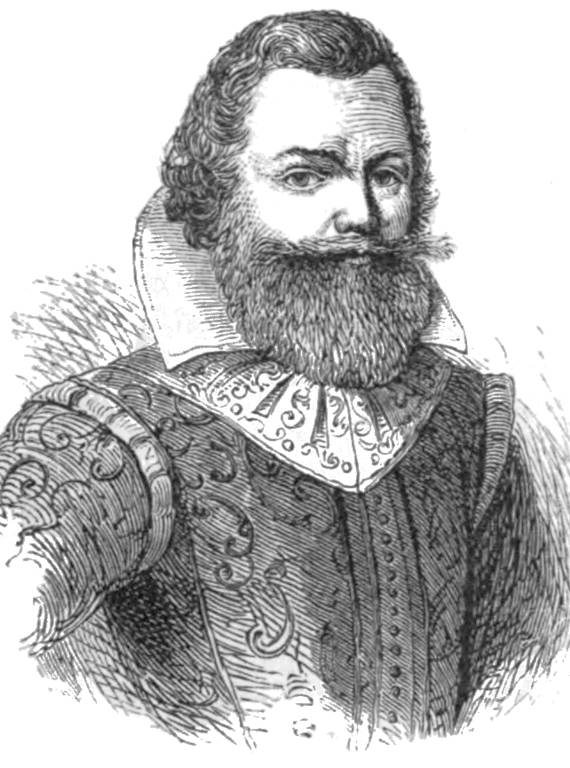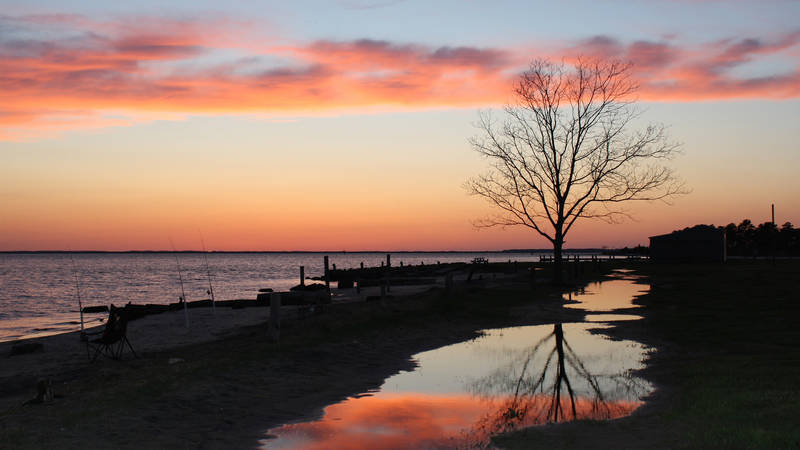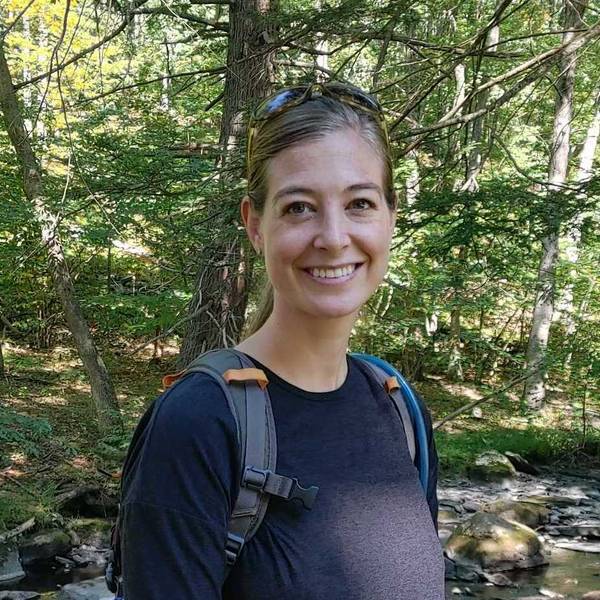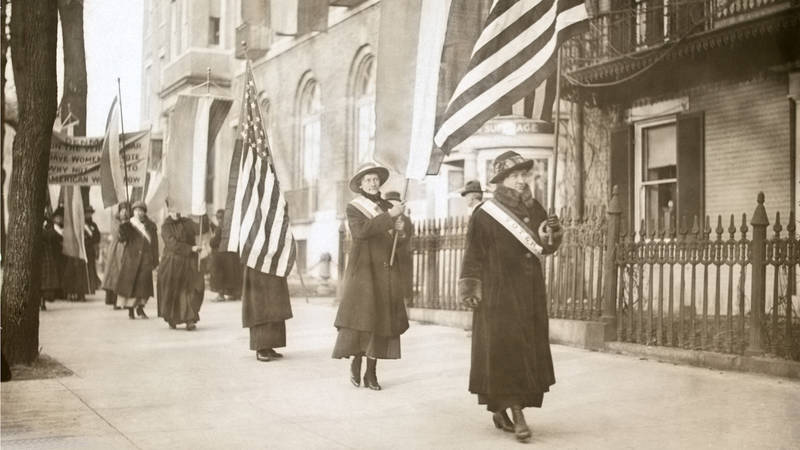Imagine you’re 27 years old. You’re a talented military strategist and an accomplished soldier. In fact, you have dueled the strongest and bravest of your enemies—and won—repeatedly. You’ve been captured as a prisoner of war and sold as a slave. You’ve been a mercenary and a pirate. You’ve won yourself a coat of arms and the distinction of being a gentleman.
You are now on the adventure of a lifetime.
For the past few months you’ve sailed across a vast ocean, landing and recouping at various tropical islands. Most recently, you were buffeted by gales so fierce you were forced to consider returning home in defeat. Along the way, you managed to alienate yourself to such an extent that your fellow shipmates convened a court and sentenced you to death. Fortunately, after constructing a makeshift gallows at the last island stop-over, the wiser among them reconsidered their decision. It was then with no shortage of raw feelings and flared tempers that your voyaging group pressed onward and finally arrived at its destination: a place both exotic and exhilarating.

An 1876 portrait of Captain John Smith from the Century illustrated monthly magazine.
As you make your way up a river of this new continent, searching for a good place to land, the channel narrows and the marshes on either side surge around you, engulfing your boat. The banks are lined with massive, towering hardwood trees, and the air vibrates with the hum of insects and the call of birds. Floating beneath this canopy of trees, everything appears shrouded in a green-tinged, humid darkness. The men with you are tired and hungry and, possibly, afraid. They are certain, and rightfully so, that there are tribes of people on the shores of this new land who do not speak your language, and—worse—have had very bad experiences with people like yourselves, adventurers and treasure-seekers.
You are Captain John Smith. The year is 1607. The place is Virginia. Your goals are to establish a British colony in the New World, find gold and mineral riches to send back home to England, and discover a navigable passage to the Pacific Ocean.
What you learn over the course of three long years is that there is no easy fortune to be made, no get-rich-quick scheme, no glory to be had in the steady, plodding work required to make a living and start a colony in this new land. You make careful plans regarding the running of the colony, the acquisition and distribution of food, the division of labor, the construction of Jamestown, the military training of the men, and the design of the colony’s fort, which you upgrade from a three-sided triangle into a more defensible, five-sided star, a style which will be duplicated by other forts along the East Coast, such as Fort McHenry, until the revolution.
You meet, befriend, and trade with Powhatan, the leader of several area tribes. You prove to be a gifted linguist and an able diplomat by readily and quickly learning the languages of the native people and maintaining trade relations. You accept and adapt their farming techniques and their knowledge about the area. You learn that the various tribes of the region have different opinions about the newcomers in their midst, and not all are inclined towards tolerance.

Captain John Smith Chesapeake National Historic Trail
Designated as the first national water trail, the Captain John Smith Chesapeake National Historic Trail follows the historic routes of the English explorer’s voyages between 1607 and 1609 on the…
See more ›You work, arguably, harder than anyone else in the colony and set rules that enable everyone in the community to feed, clothe, house, and protect himself. You also quickly come to understand that the wealth of this new place will never come from gold—of which there is none—but rather from its rich natural resources like lumber, furs, fish, and sassafras. You begin to love the taste of blueberries and maple syrup. You are stung by a stingray and live to tell the story. You strike out on a number of expeditions along various rivers, scouting the shores, and navigating the waterways. The maps you draw, based on your travels and your conversations with members of different tribes, prove to be incredibly and surprisingly accurate. You name the Chesapeake Bay, the rivers, and the other natural features you encounter.
Despite the increasingly uneasy, even combative, relationship with some of the tribes in the area and despite the schemes and ineptitudes of your fellow colonists and appointed leaders, you successfully and almost single-handedly maintain America’s first, permanent English colony.
You do all of this by the time you are 30.
In 1609, you are badly burned by a wayward spark from another man’s pipe that ignites a stray bag of gunpowder. For this, you go on an eight-week ocean voyage to see physicians in England, a trip which—wounded as you are—is a torturous and seemingly unending ordeal.

Living Wild in the Wake of Captain John Smith
A new water trail in the Chesapeake Bay watershed connects urban residents to a wild landscape and a fascinating history of exploration.
See more ›You rest easily only in the knowledge that you are leaving the colony in excellent shape, well-prepared for the winter.
What you do not expect—and could never have foreseen—is that it will all fall to pieces after your departure. During that winter of 1609-1610, 512 of the 573 settlers in the colony will succumb to starvation and poor health, or death at the hands of the nearby tribes.
Back home in England, your need for praise and recognition goes largely unmet. Your books and maps gain you some notoriety, and, for a time, you are considered an authority on the New World. You fund, plan, staff, provision, and execute one more wildly successful trip across the Atlantic where you map the shoreline of New England from Nova Scotia to Rhode Island and fill your ships with furs, fish, and fish oil. Two additional expeditions to New England (one of which results in your capture by a merciless and greedy pirate) fail so miserably that your financial backers cease to find you a safe investment. To make matters worse, your credibility is thrown into question after you include a few exaggerated airs in your newest book detailing your adventures. Disheartened and ill, you spend the end of your life working on a history of the sea which you hope will redeem your reputation. The book is never completed.
Four hundred years later in that “New World,” your name and your accomplishments are finally recognized through the creation of the Captain John Smith Chesapeake National Historic Trail.
This nearly 3,000-mile trail maintained by the National Park Service traces the very routes of exploration that John Smith took from 1607-1609 to chart the waterways of the Chesapeake Bay. Skirting the shores along the James, York, Susquehanna, Potomac, Patuxent, Nanticoke, and Rappahannock Rivers, it pays homage to the man that mapped and named this landscape while also interpreting the history of the land and its people prior to the arrival of the European settlers. For history buffs, paddlers, bird watchers, anglers, boaters, picnickers, and anyone else interested in the amazing life of this singular man or in the health of a watershed that is home to over 17 million people, this trail is an ideal launching point into a landscape rich with adventures.
To learn more about the trail, visit http://www.nps.gov/cajo/index.htm.
Author’s note: Credible sources vary with regard to some of the specifics of John Smith’s life, especially as they relate to his interactions with Powhatan and the various tribes. My source for the information presented here was The Glorious Scoundrel: A Biography of Captain John Smith by Noel Gerson (Dodd, Mead & Company, 1978).
About the author
-
 Katherine DeGroff Associate and Online Editor
Katherine DeGroff Associate and Online EditorKatherine is the associate editor of National Parks magazine. Before joining NPCA, Katherine monitored easements at land trusts in Virginia and New Mexico, encouraged bear-aware behavior at Grand Teton National Park, and served as a naturalist for a small environmental education organization in the heart of the Colorado Rockies.
-
General
-
- NPCA Region:
- Mid-Atlantic
-
Issues

